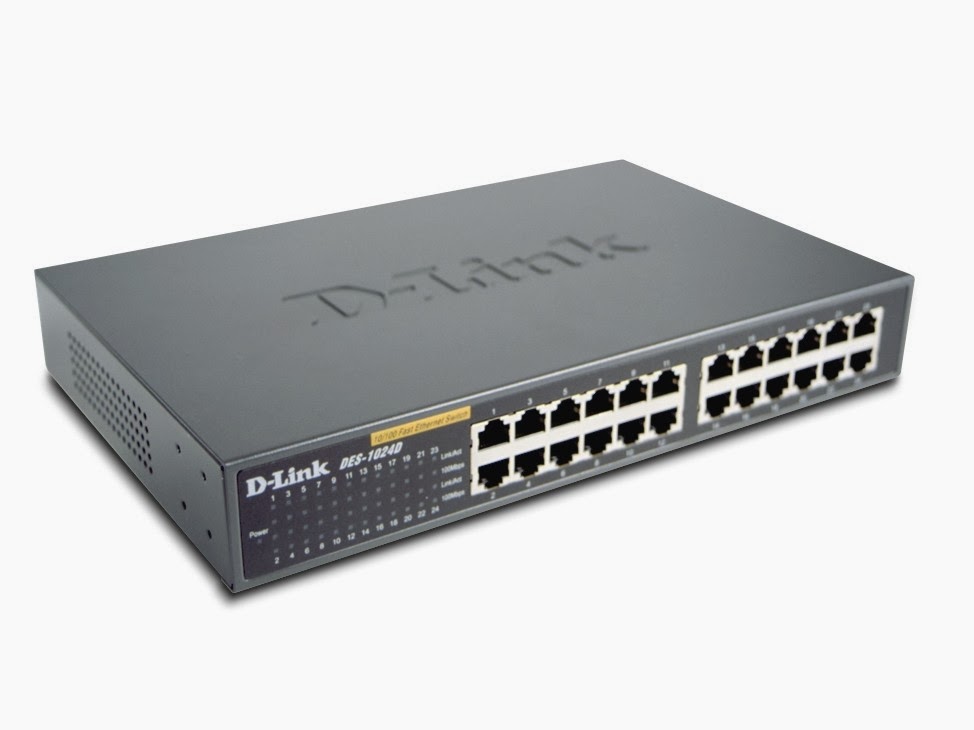In the modern age of technology, the concept of an E-Hub has emerged as a pivotal element for businesses looking to thrive in the digital landscape. As organizations increasingly transition to online platforms, understanding the nuances of E-Hubs has become essential. This comprehensive guide aims to unravel the intricacies of E-Hubs, providing insights into their functionalities, benefits, and the ultimate impact on business growth.
The term "E-Hub" refers to digital platforms that facilitate the exchange of information, services, and products among businesses and consumers. These hubs serve as a nexus for various digital services, ranging from e-commerce to cloud computing solutions, thereby streamlining operations and enhancing user experience. As we delve deeper, you will discover how E-Hubs can revolutionize the way businesses operate.
Throughout this article, we will explore the definition of E-Hubs, their core components, benefits, and real-world applications. Whether you are a business owner, a tech enthusiast, or simply curious about digital innovation, this guide is tailored to provide a thorough understanding of E-Hubs and their significance in today's marketplace.
Table of Contents
- What is an E-Hub?
- Core Components of E-Hubs
- Benefits of Using E-Hubs
- Real-World Applications of E-Hubs
- Data Security and Trust in E-Hubs
- E-Hub vs. Traditional Hub
- The Future of E-Hubs
- Conclusion
What is an E-Hub?
An E-Hub, or electronic hub, is a centralized digital platform designed to connect various stakeholders, including businesses, consumers, and service providers. These hubs facilitate seamless interactions, allowing users to access a wide range of services, products, and information in one place.
Key Features of E-Hubs
- Integration of multiple services
- User-friendly interface
- Real-time data analytics
- Customizable options for businesses
- Scalability to accommodate growth
Core Components of E-Hubs
The effectiveness of an E-Hub is determined by its core components, which enable its functionality and user experience. Here are the key components:
1. User Interface (UI)
A well-designed UI ensures that users can navigate the E-Hub effortlessly, enhancing user engagement.
2. Data Management System
This component handles the storage, retrieval, and analysis of data, playing a crucial role in informed decision-making.
3. Security Protocols
Robust security measures are essential to protect user data and build trust among stakeholders.
4. Payment Gateway
A secure payment gateway facilitates transactions, making it easier for businesses to sell products and services online.
Benefits of Using E-Hubs
Implementing an E-Hub can lead to numerous advantages for businesses, including:
- Cost Efficiency: Reducing overhead costs associated with traditional business models.
- Enhanced Reach: Expanding market reach by tapping into online consumer bases.
- Improved Customer Engagement: Providing personalized experiences that cater to consumer needs.
- Data-Driven Insights: Utilizing analytics to inform business strategies.
Real-World Applications of E-Hubs
E-Hubs are being utilized across various industries, showcasing their versatility and adaptability. Some notable applications include:
1. E-Commerce Platforms
Online marketplaces like Amazon and eBay function as E-Hubs, connecting buyers and sellers in a virtual environment.
2. Cloud Services
Companies like Google and Microsoft provide cloud-based E-Hubs for businesses to store and manage data efficiently.
3. Social Media Integration
Platforms like Facebook and LinkedIn serve as E-Hubs for networking, marketing, and brand promotion.
Data Security and Trust in E-Hubs
As E-Hubs handle sensitive user data, establishing trust and ensuring data security are paramount. Key strategies include:
- Implementing SSL encryption for secure transactions.
- Regular security audits to identify vulnerabilities.
- Transparency in data usage policies to build user trust.
E-Hub vs. Traditional Hub
Understanding the differences between E-Hubs and traditional hubs can shed light on their growing significance:
- Accessibility: E-Hubs are accessible 24/7, while traditional hubs have fixed hours.
- Cost: E-Hubs often incur lower operational costs compared to maintaining physical locations.
- Scalability: E-Hubs can easily scale operations to accommodate growth, unlike traditional hubs.
The Future of E-Hubs
The future of E-Hubs looks promising, with ongoing advancements in technology. Some expected trends include:
- Increased integration of AI and machine learning for enhanced user experiences.
- Expansion of E-Hubs into emerging markets.
- Greater focus on sustainability and ethical practices.
Conclusion
In conclusion, E-Hubs represent a transformative approach to business operations in the digital age. With their myriad of benefits and applications, understanding E-Hubs can empower businesses to make informed decisions and embrace innovation. As you explore the world of E-Hubs, consider how these platforms can enhance your business strategy.
We invite you to share your thoughts in the comments below, and feel free to explore other insightful articles on our site. Let's continue the conversation about the future of digital business solutions!
You Might Also Like
Greg Doucette Wife: A Deep Dive Into Their RelationshipShubh Shree Viral Video: The Phenomenon Unveiled
MK Es Point: A Comprehensive Guide To Your Favorite Dessert Destination
Luna Silver Wiki: All You Need To Know About This Rising Star
Briialexia's Fans: A Deep Dive Into The Community And Its Impact
Article Recommendations
- Movies4u South Hindi Dubbed
- Taylor Swift Barbie
- Brothers Pizza Pasta
- Vegamovies Netflix Bollywood
- Melvin Franklin
- Bollyflix
- Jane Fonda Short Haircut
- Kaitlyn Krems Onlyfans Leaked
- Joe Namath Age
- White Dove Symbolizes


